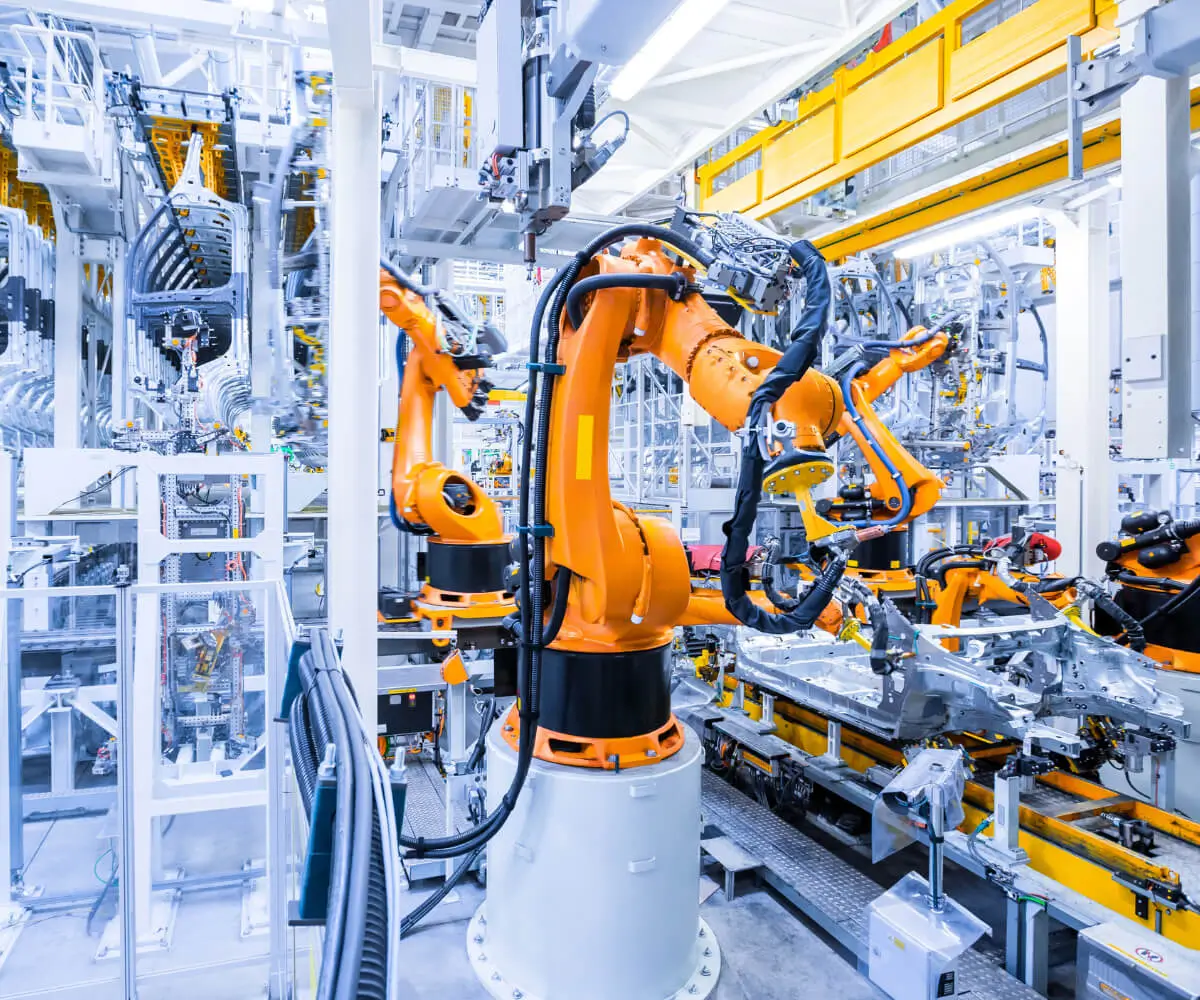Imagine a world where machines listen and respond to your commands — where automated actions transform everyday life and open up endless creative possibilities. At the heart of many modern automation projects lies a tiny but mighty component: the servo motor. Its ability to precisely control angular position makes it an ideal choice for robotics, remote control vehicles, camera gimbals, and countless DIY projects.

But how do you bring a servo motor to life using a microcontroller like Arduino? The answer begins with a clear understanding of the circuit diagram — the blueprint that connects each part of your system, guiding the flow of electricity and signals to ensure smooth operation.
Understanding the Basics: What Is a Servo Motor? A servo motor is a compact rotary actuator capable of precise position control. Unlike simple DC motors that only rotate forward or backward, servo motors can rotate to specific angles within a range — usually up to 180 degrees. This feature makes them invaluable in applications requiring controlled movement, such as robotic arms or camera pan-tilts.
The core components inside a typical servo include a small DC motor, a gear train, a potentiometer (to provide feedback on the current position), and a control circuit. When you send signals to it via your microcontroller, the servo’s internal circuitry works to adjust its shaft position back to the target angle.
Why Use Arduino for Control? Arduino has become synonymous with accessible electronics. Its user-friendly programming platform, extensive community support, and vast library ecosystem make it an ideal choice for hobbyists eager to integrate servo motors into their projects. Using Arduino, you can write simple code to command a servo to move to specified positions or respond dynamically to sensors and inputs.
Deciphering the Circuit Diagram: Core Components and Connections Designing the circuit diagram for a servo motor with Arduino involves understanding and connecting the main components correctly:
Power Supply: Both the Arduino and the servo require power. Typically, the Arduino is powered via USB or a regulated 5V power adapter. The servo usually also operates at 5V, but high-torque servos might need an external power source.
Arduino Board: This microcontroller acts as the brain. The digital I/O pins on the Arduino are used to send PWM (Pulse Width Modulation) signals that control the servo's position.
The Servo Motor: It has three wires:
Power (Vcc): Connects to 5V supply. Ground (GND): Connects to ground. Signal (Control): Connects to a PWM-capable digital pin on the Arduino. External Power Source (Optional): If your servo demands more current, avoid powering it directly from the Arduino. Instead, connect it to a dedicated 5V power supply, ensuring the grounds of the Arduino and power supply are common.
Constructing the Circuit Diagram: Here's how the components join forces:
Connect the servo's power wire to the positive terminal (+5V) of the power supply or Arduino (if under the current limit). Connect the servo's ground wire to both the Arduino ground and the negative terminal of the power supply to create a common ground system. Connect the signal wire to a PWM-capable digital pin on Arduino (for example, pin 9). Ensure that the Arduino ground is connected to the power supply's ground, completing the circuit.
A simple diagram would depict the Arduino, servo motor, power source, and their interconnections. Visual diagrams play a crucial role in understanding and troubleshooting your setup, especially when you start integrating sensors or multiple servos.
Why Proper Wiring Is Critical Incorrect wiring can lead to various issues — servo jitter, unresponsive movements, or even damage to the motor or Arduino. Ensuring correct supply voltage, common grounds, and proper grounding techniques helps maintain system stability and longevity.
Sample Circuit Design: For beginner projects, many use a straightforward approach: powering the servo directly from the Arduino 5V pin. However, for hobbyist projects with multiple servos or high load, an external 5V power supply is recommended. Always check the servo's datasheet for recommended operating conditions.
Safety Tips:
Do not draw excessive current from the Arduino's 5V pin; use an external supply when needed. Always disconnect power before making wiring changes. Use breadboards and jumper wires to prototype before final soldered connections.
The circuit diagram lays the foundation for your control system, but the magic truly unfolds in coding — instructing the servo to move to specific angles based on inputs. Once you grasp the hardware connections, you are ready to dive into programming and bring your project into motion.
Established in 2005, Kpower has been dedicated to a professional compact motion unit manufacturer, headquartered in Dongguan, Guangdong Province, China.




































